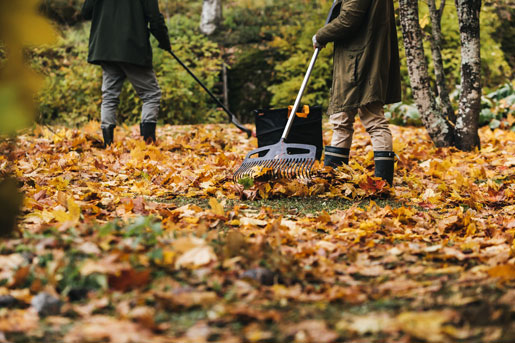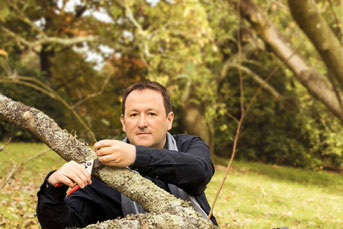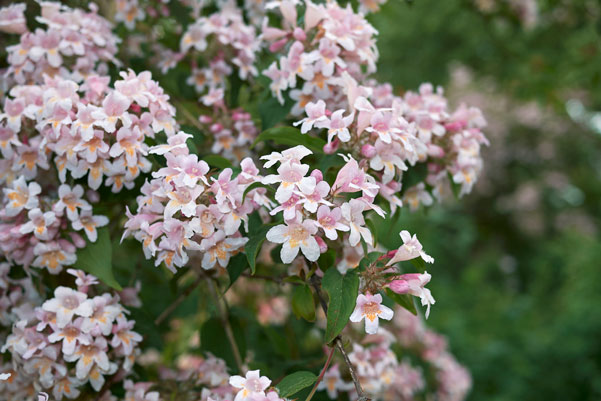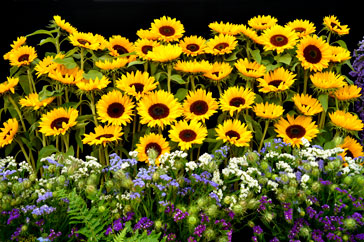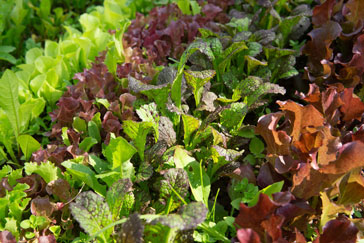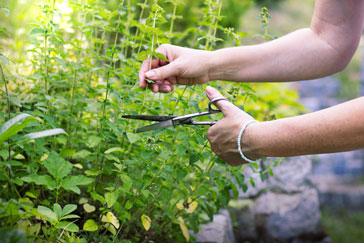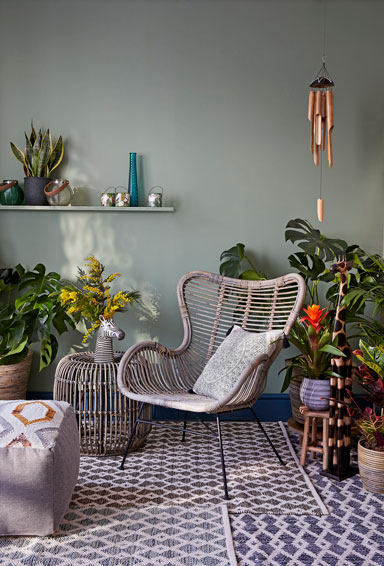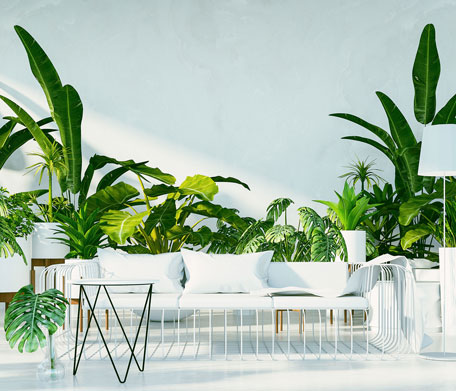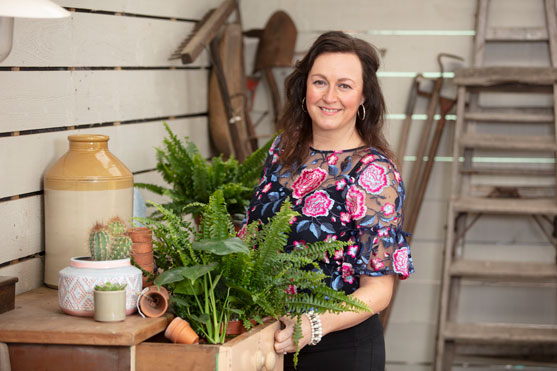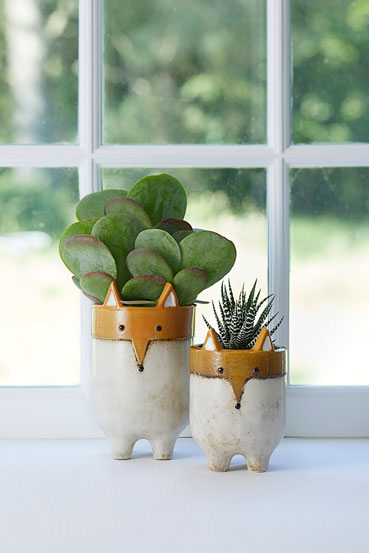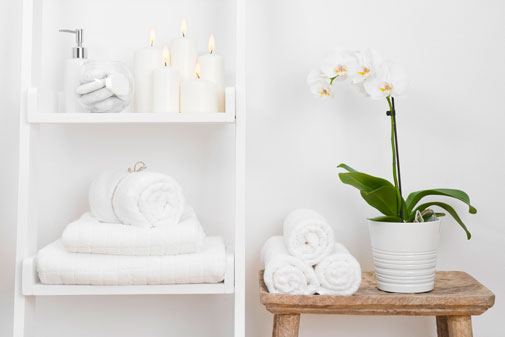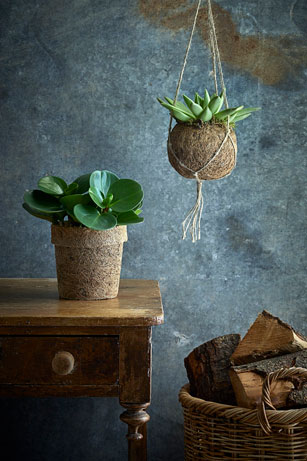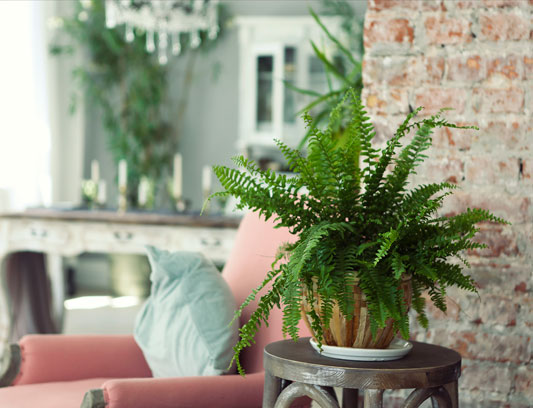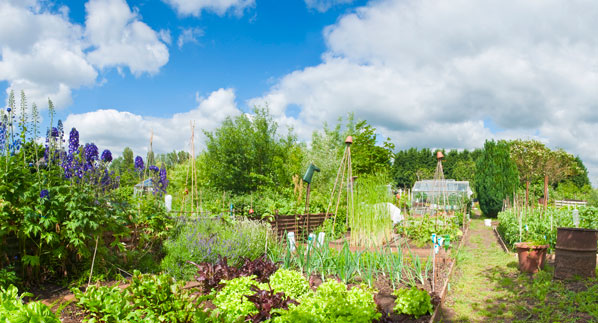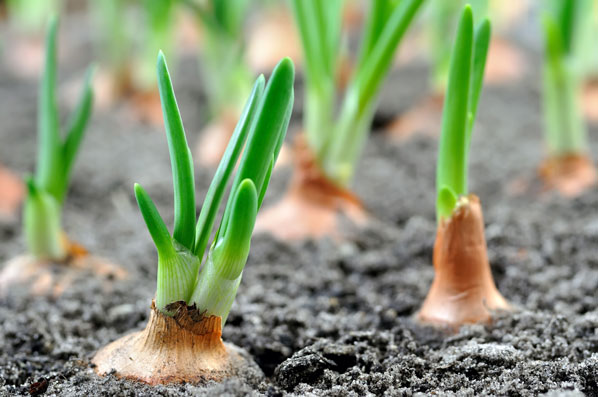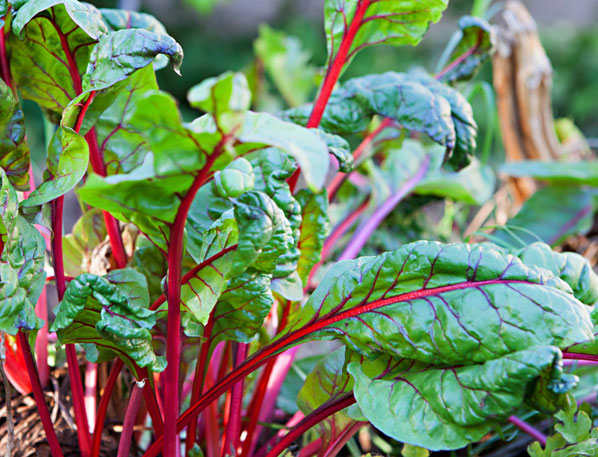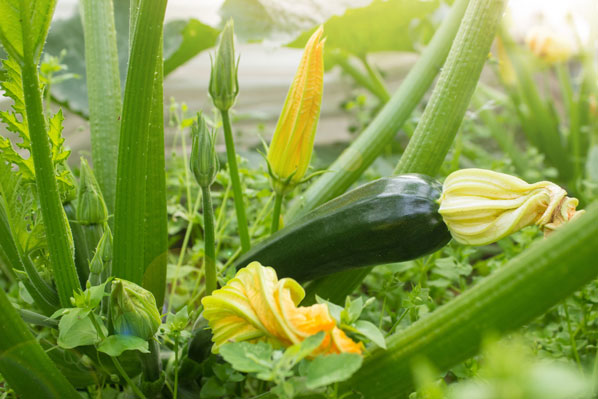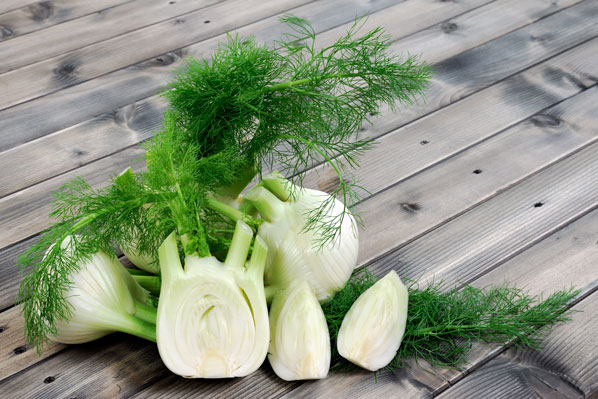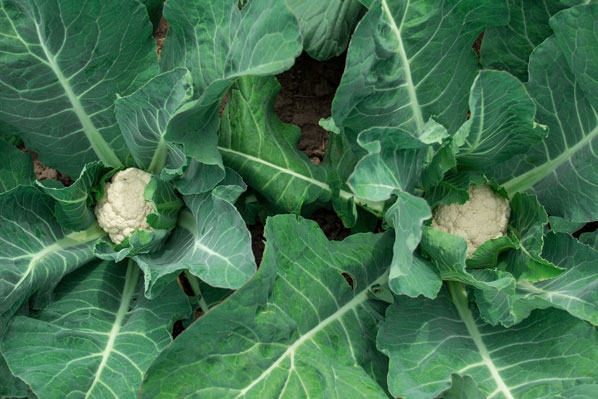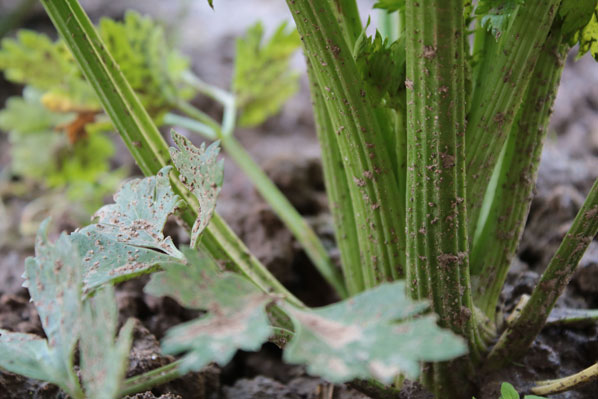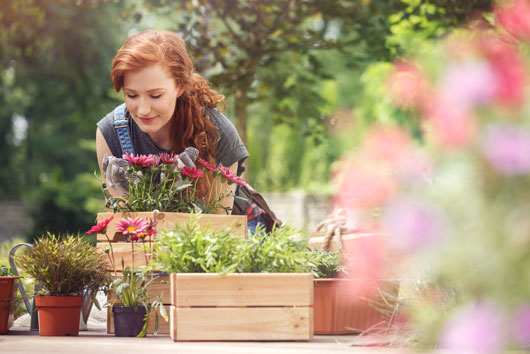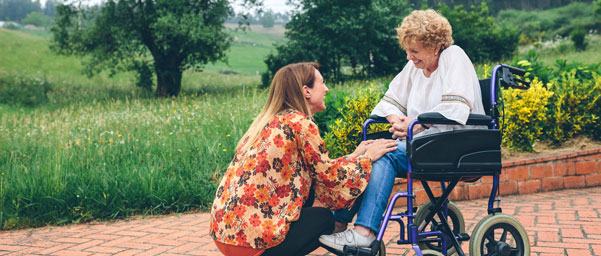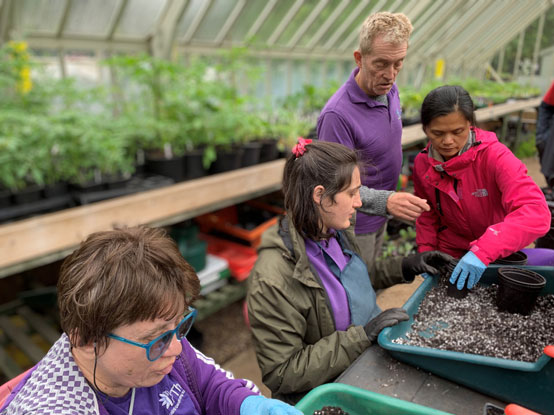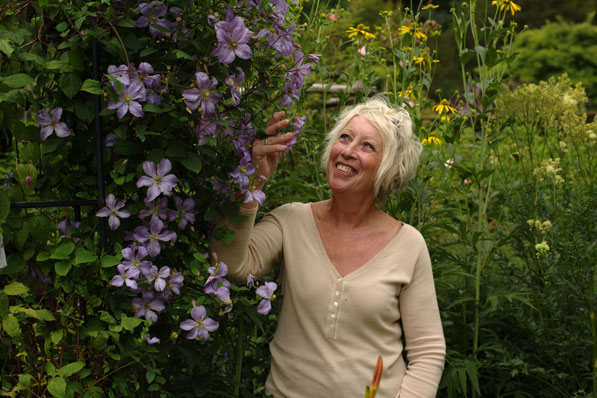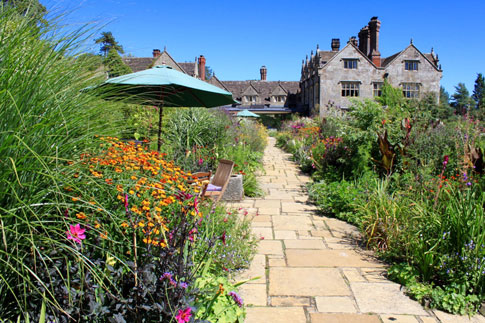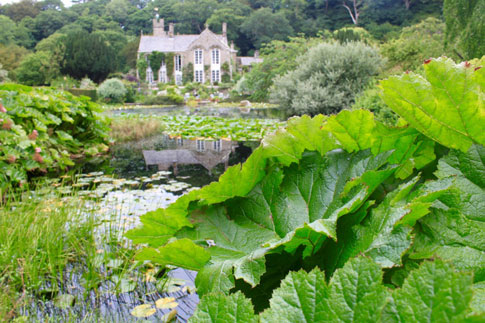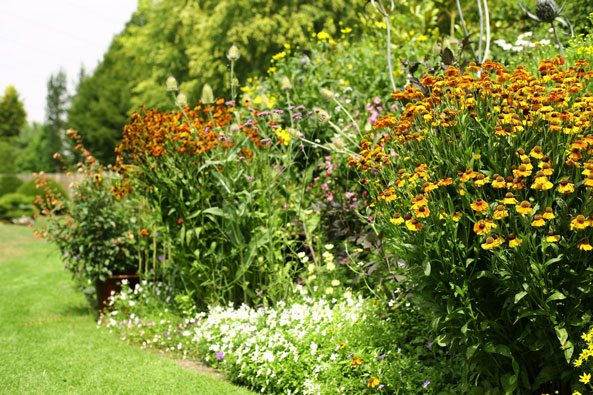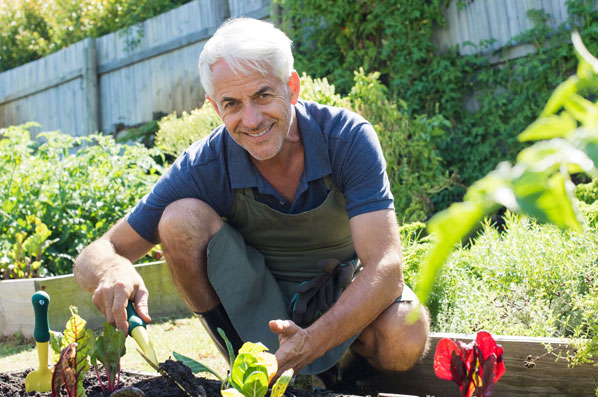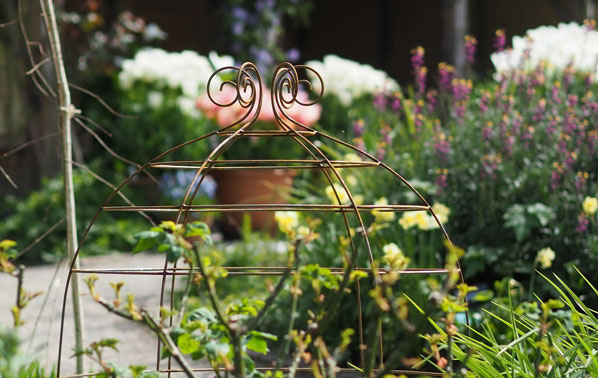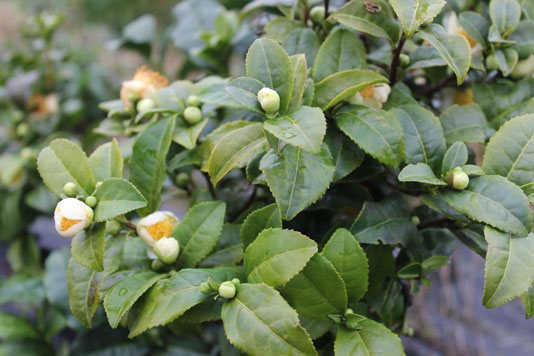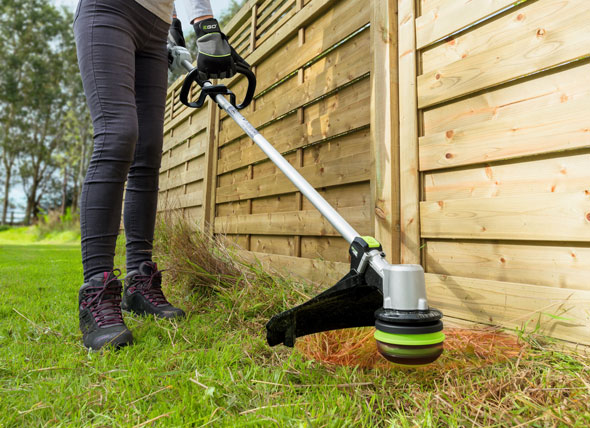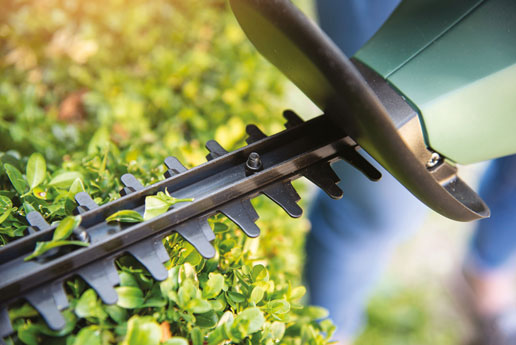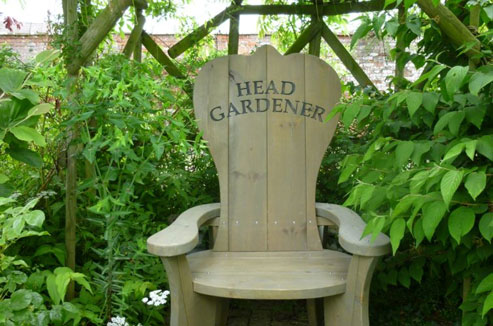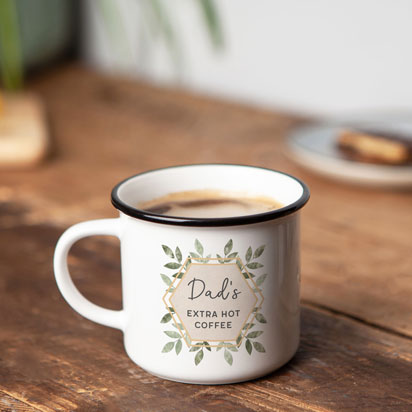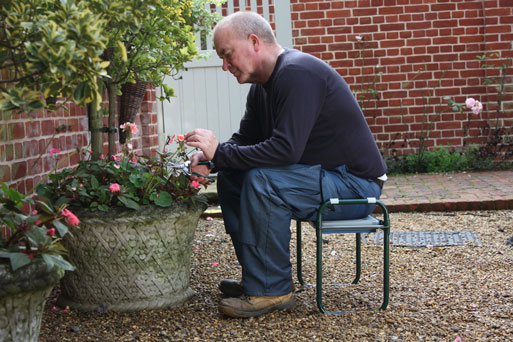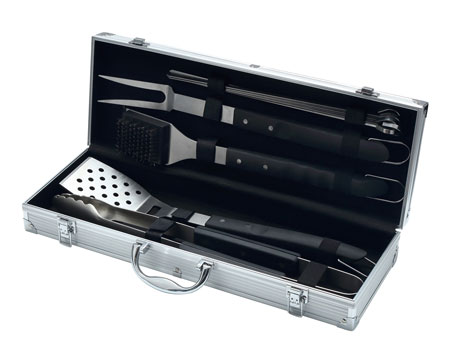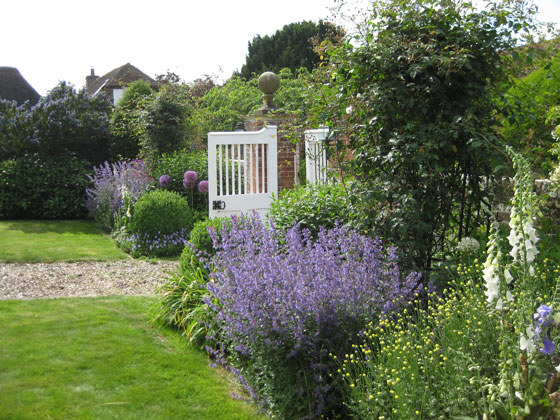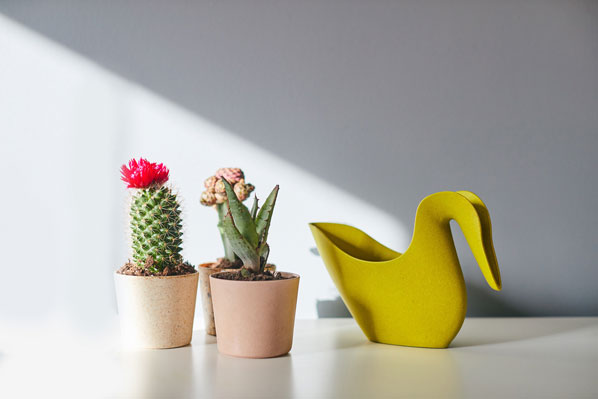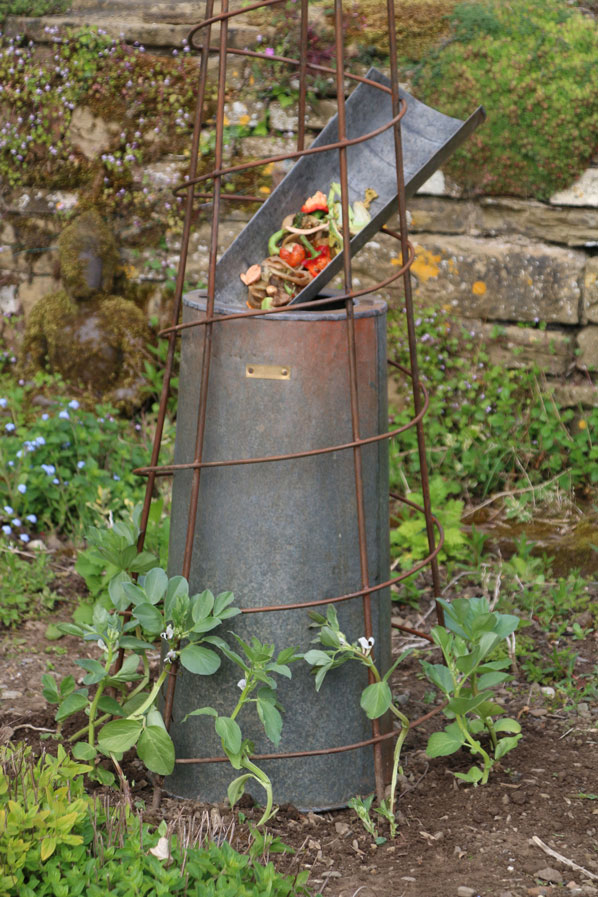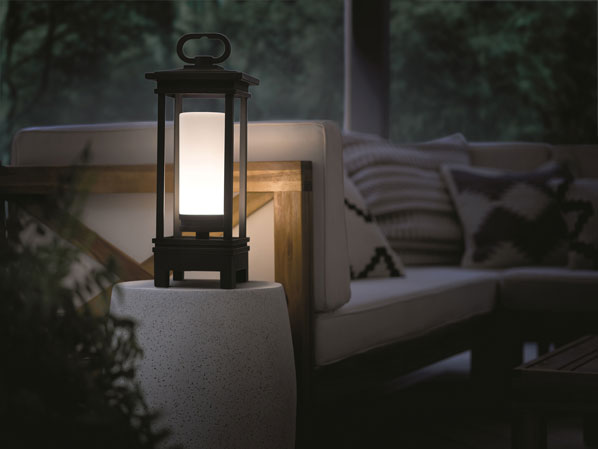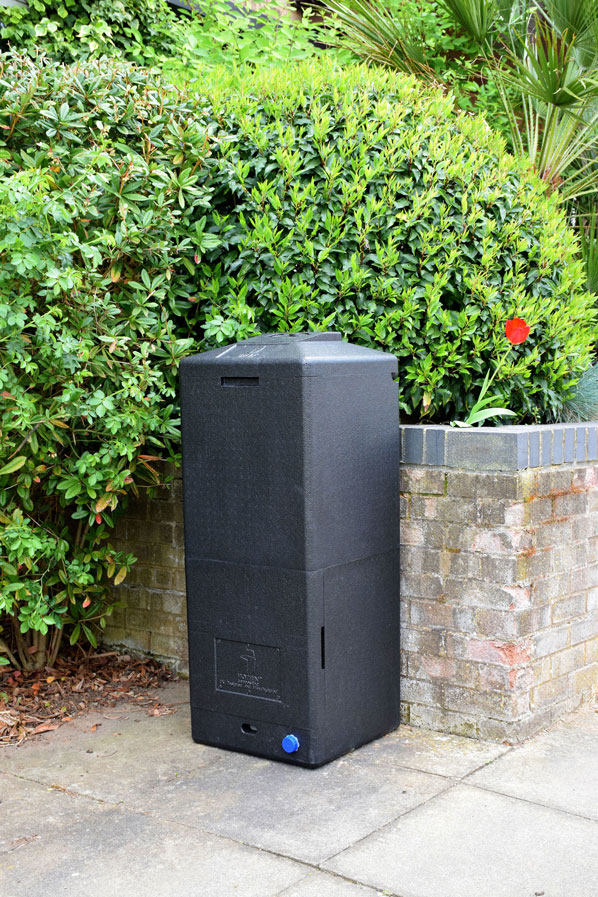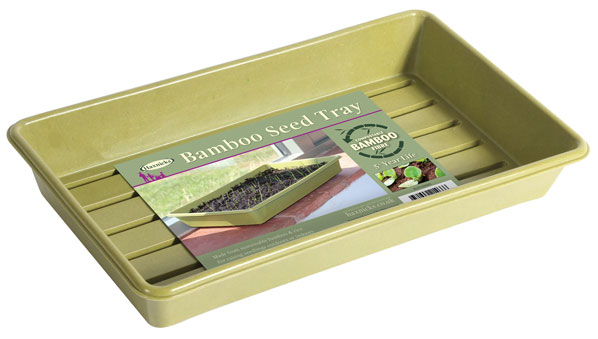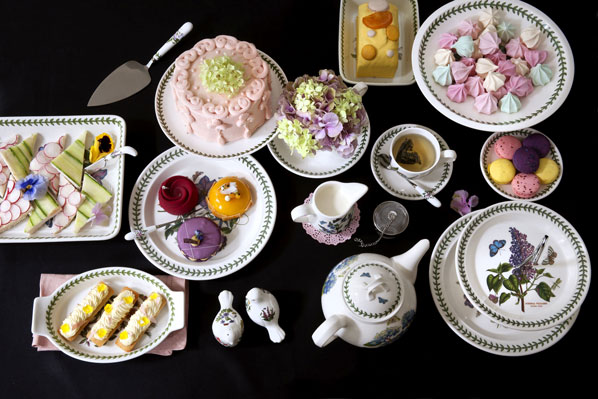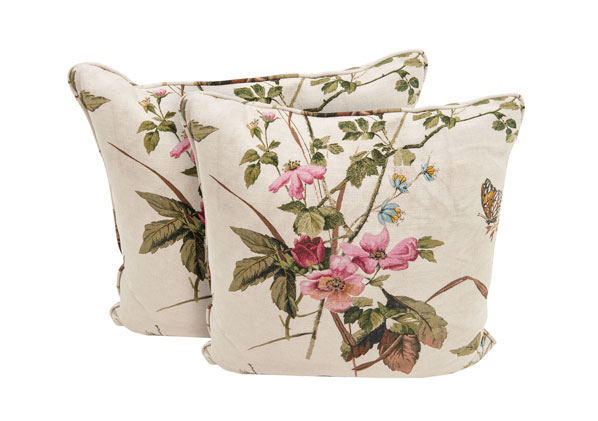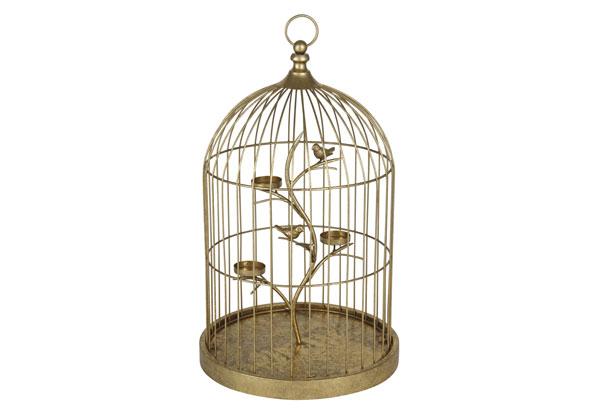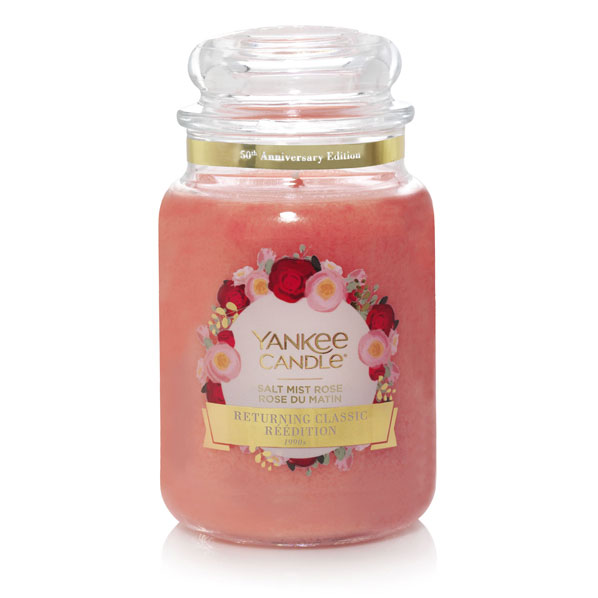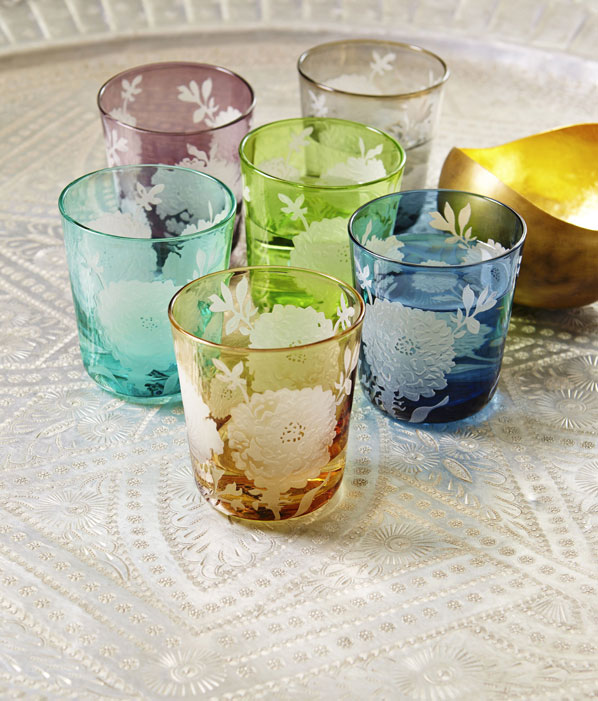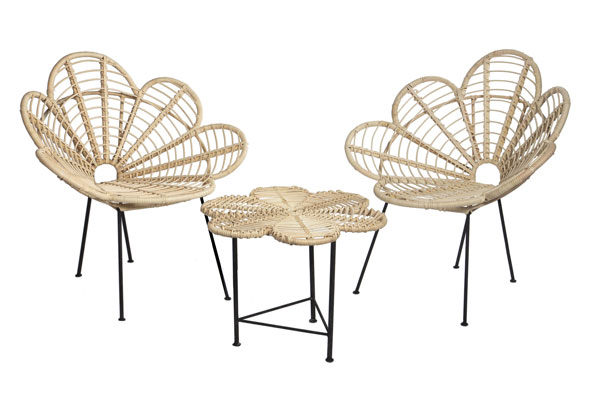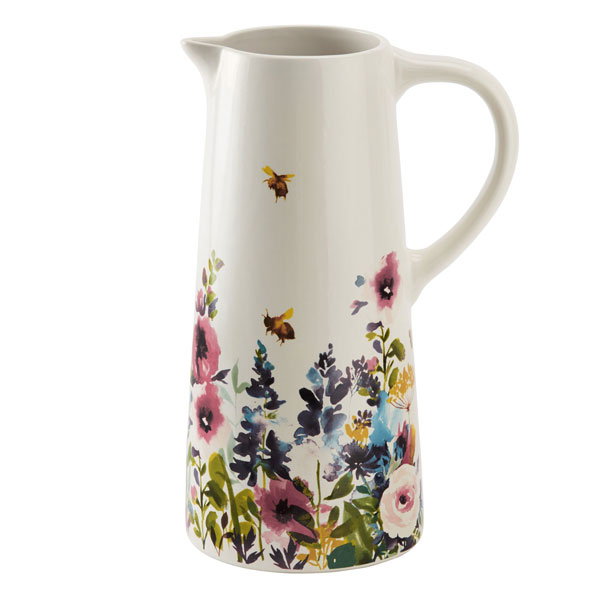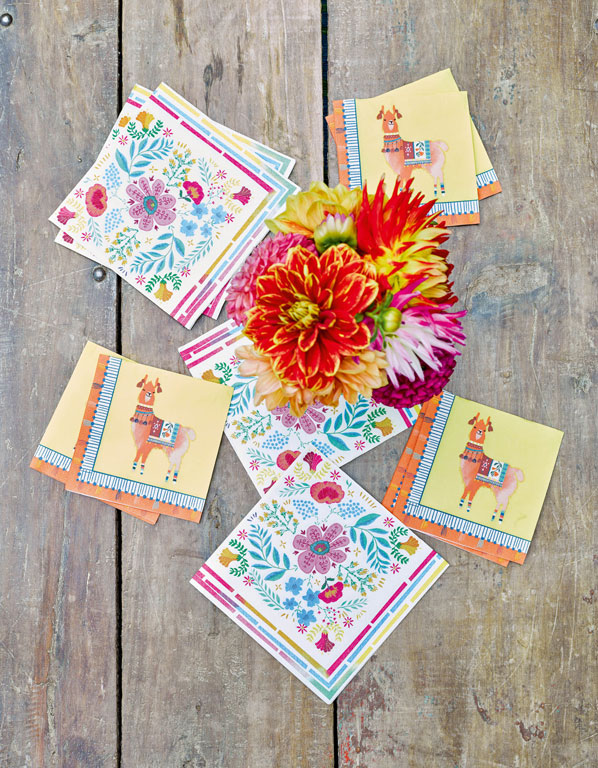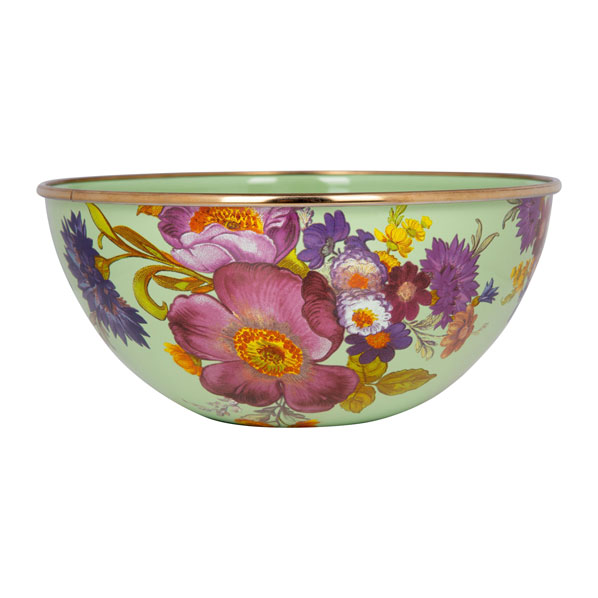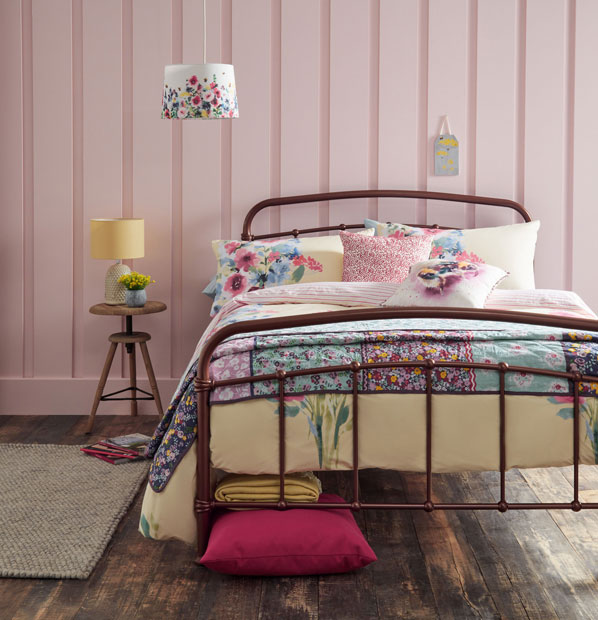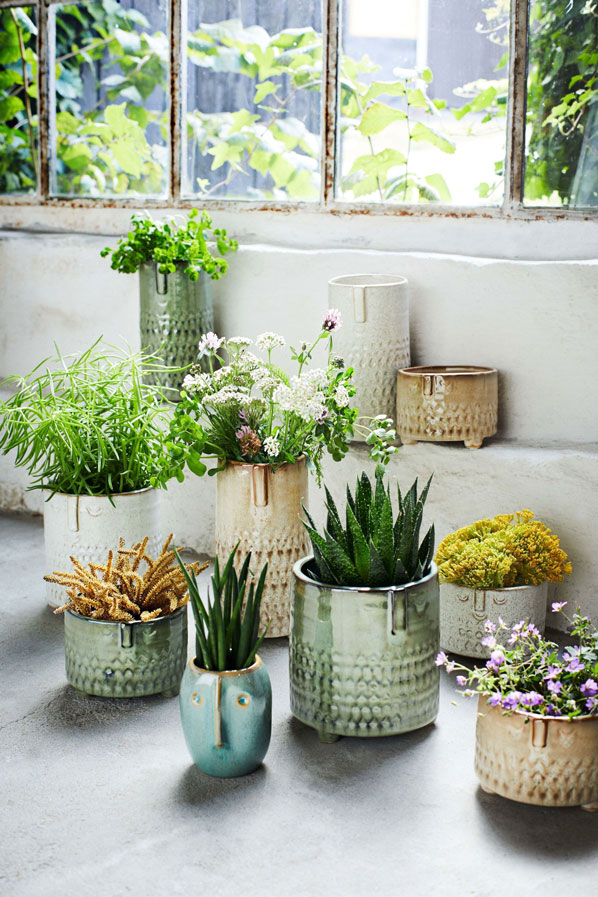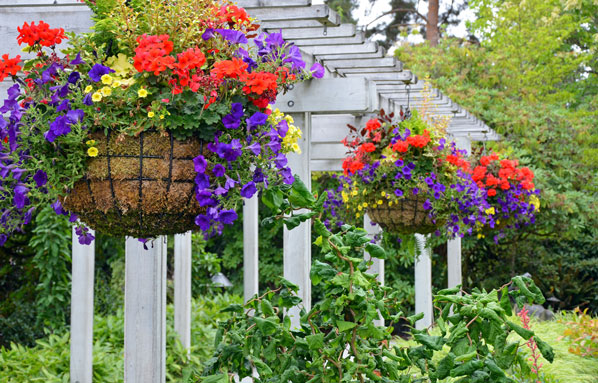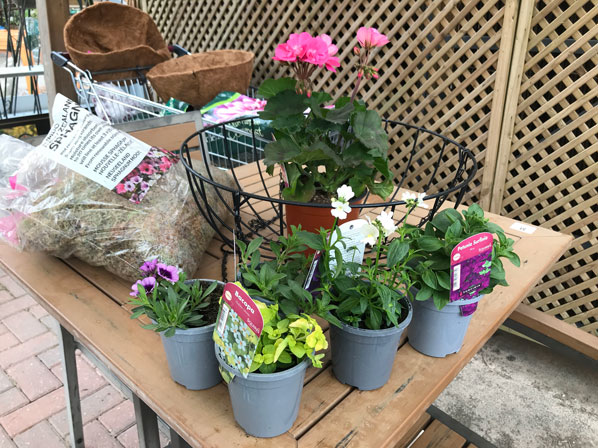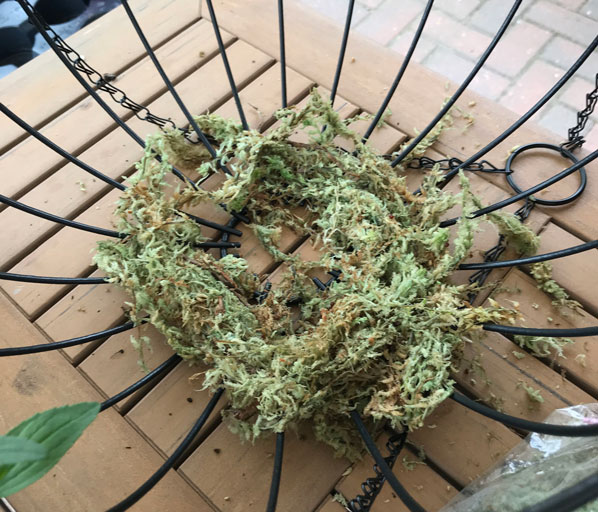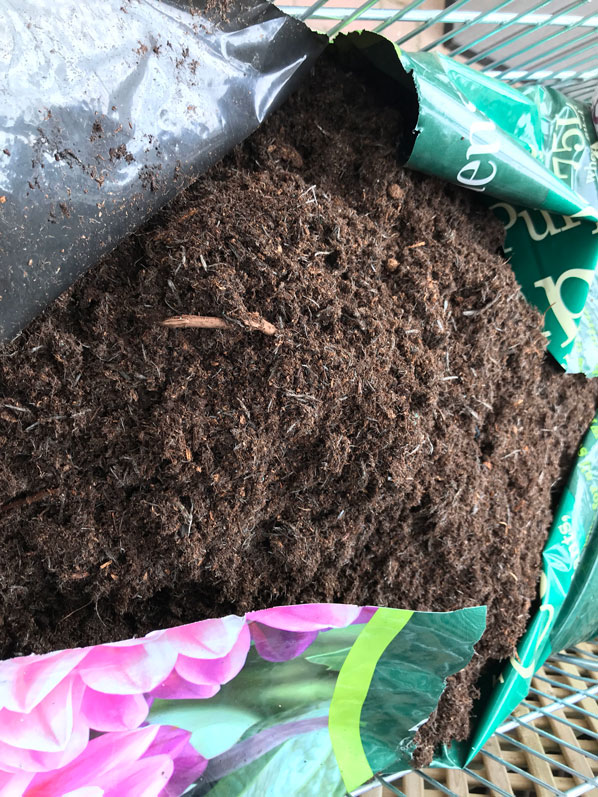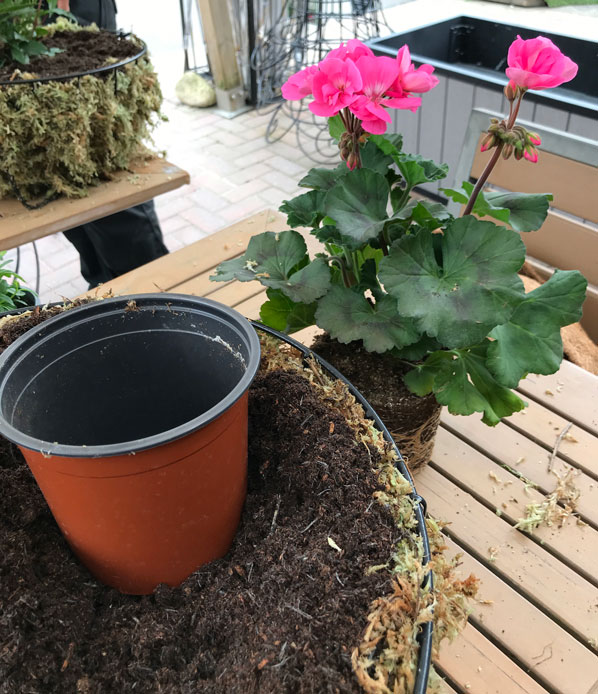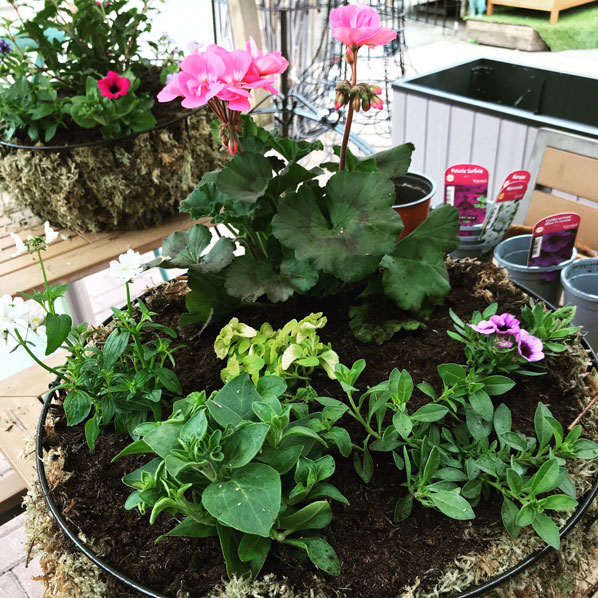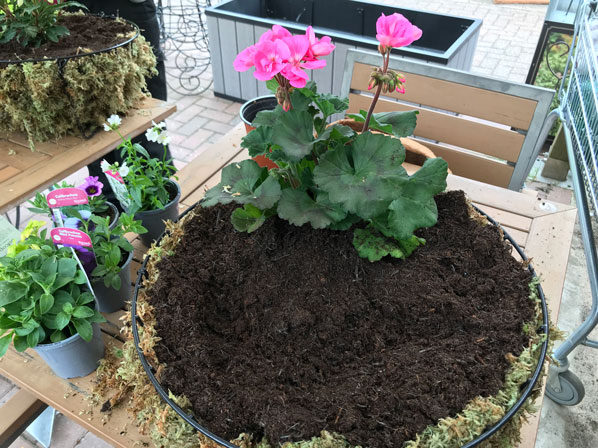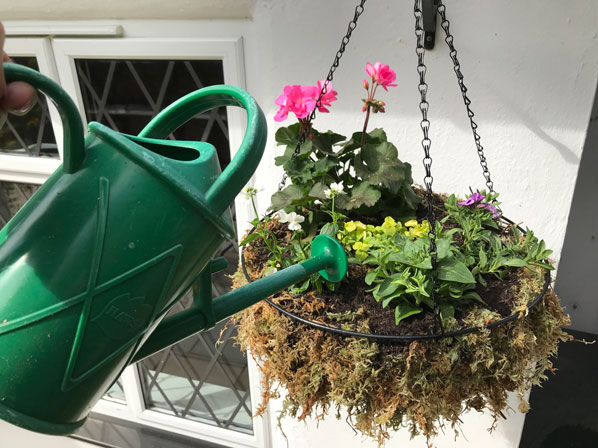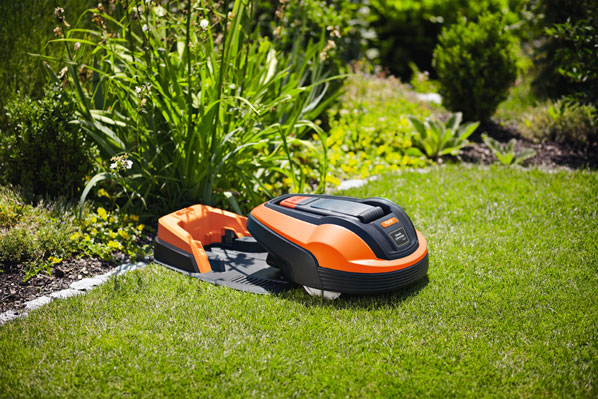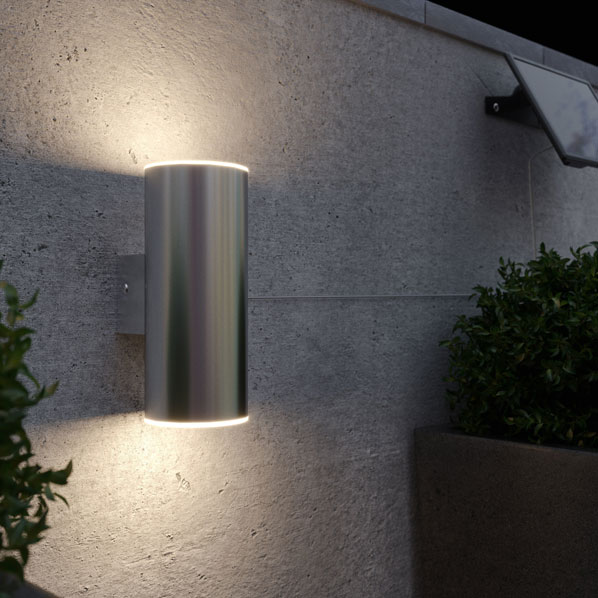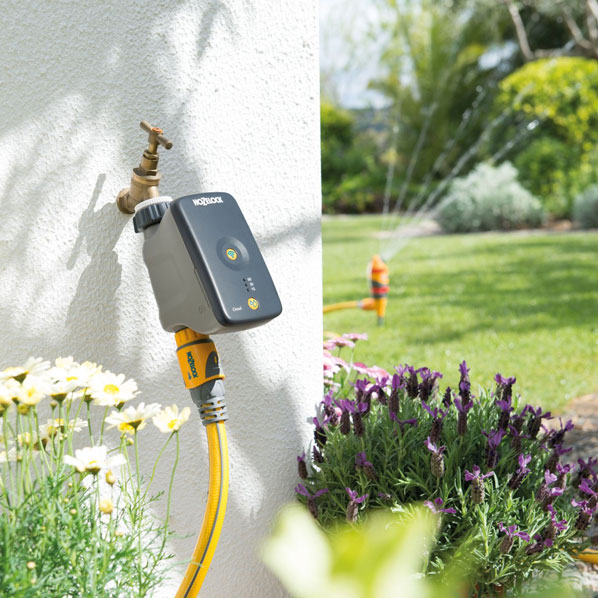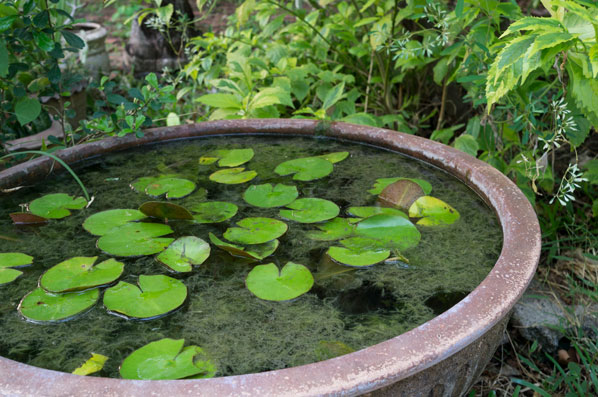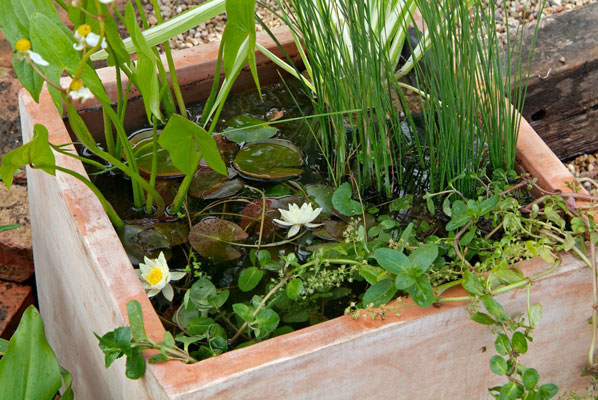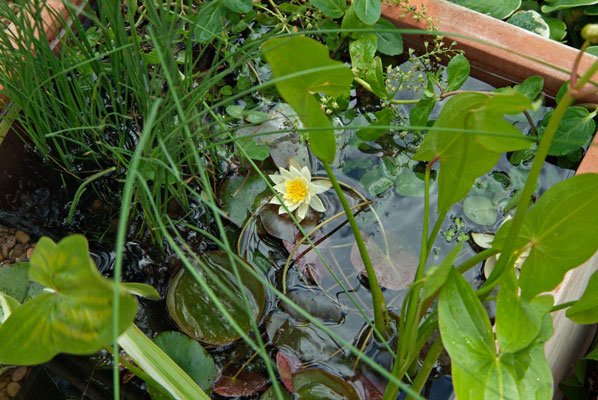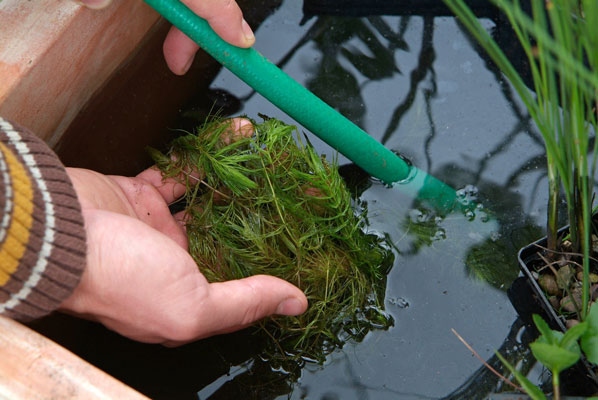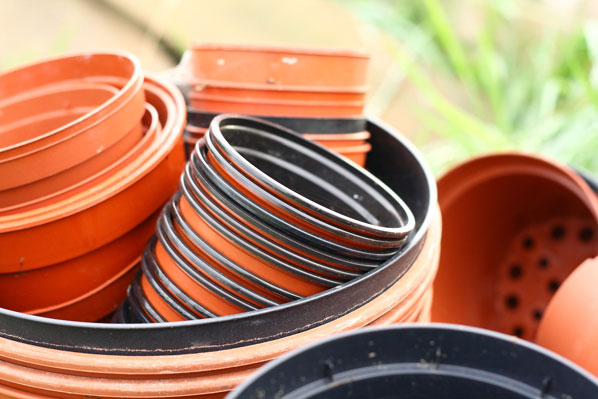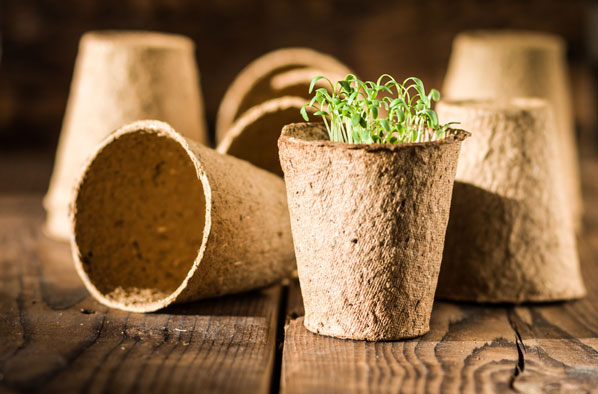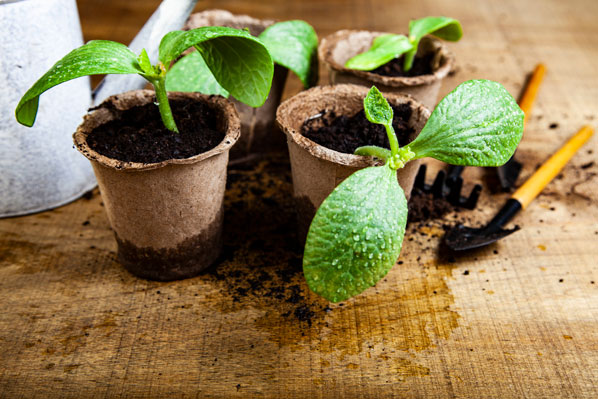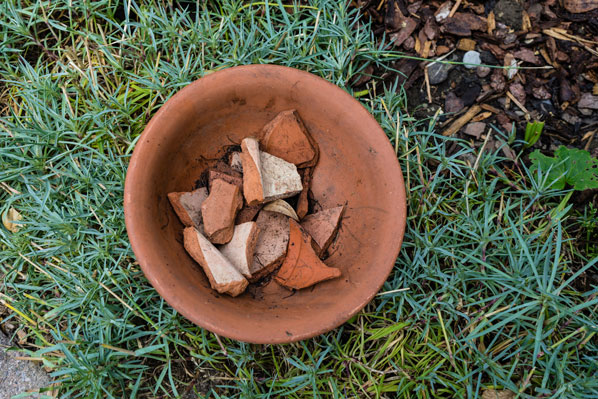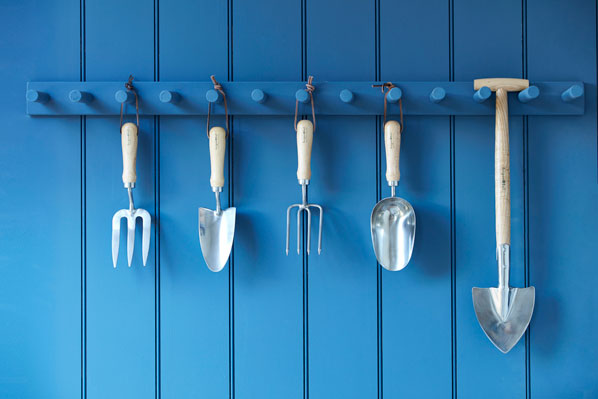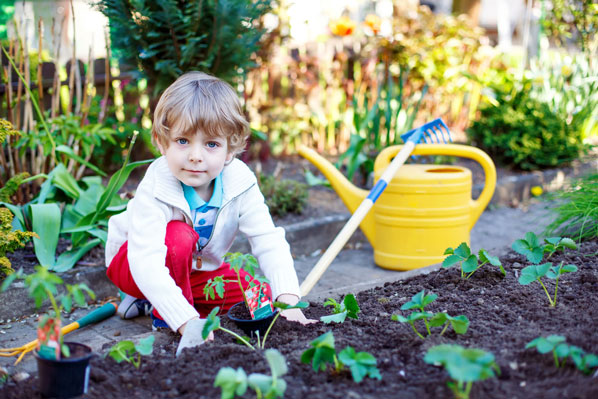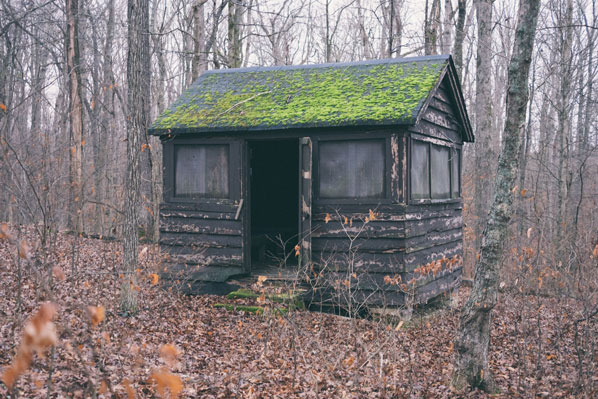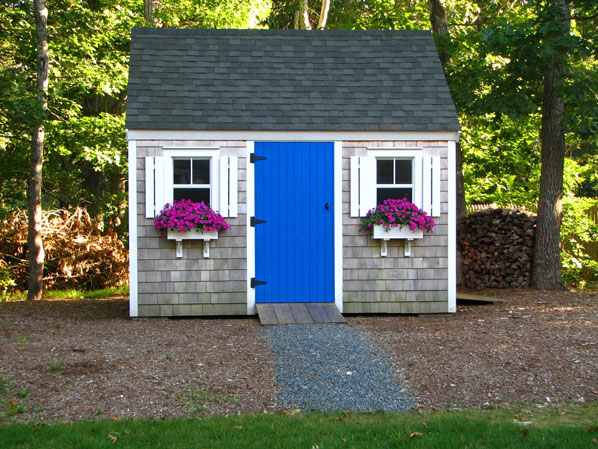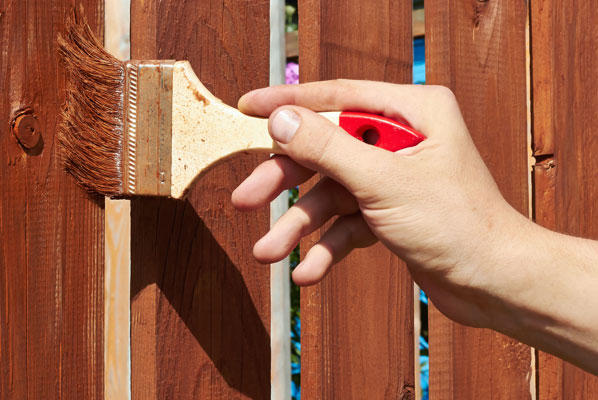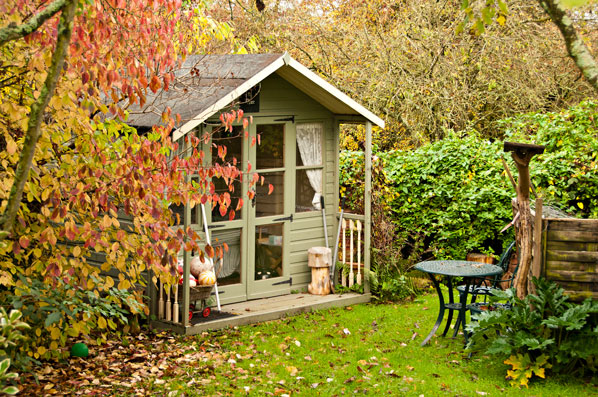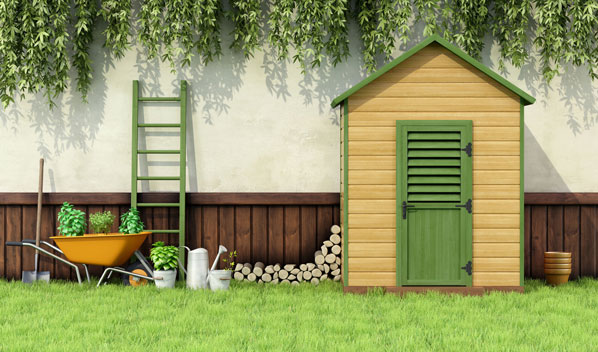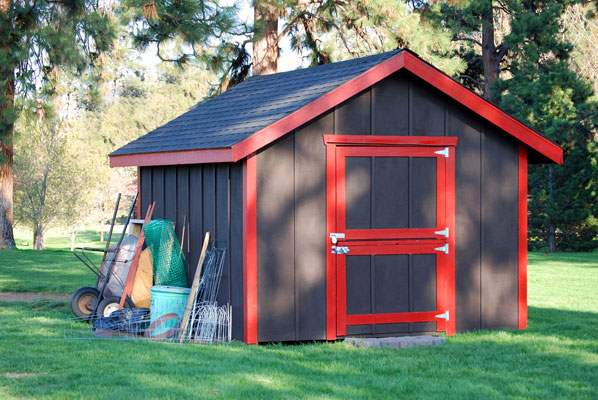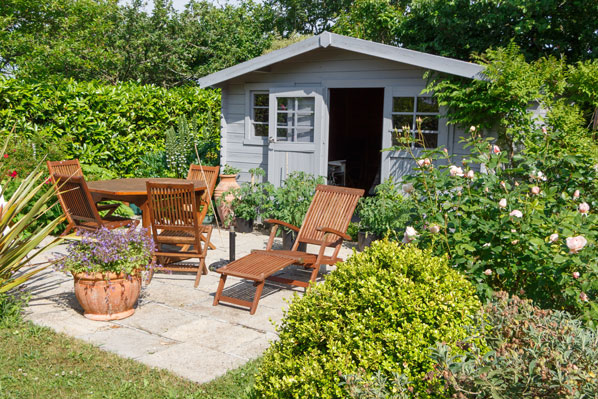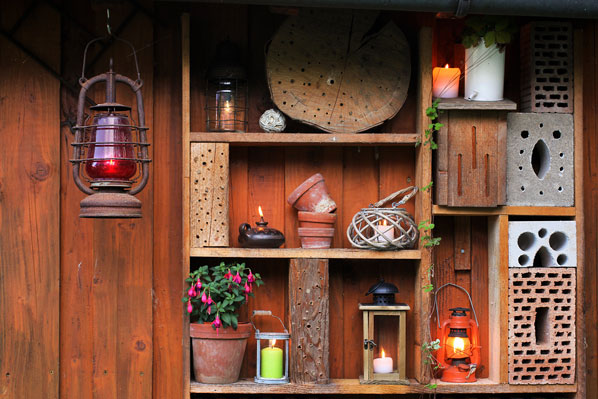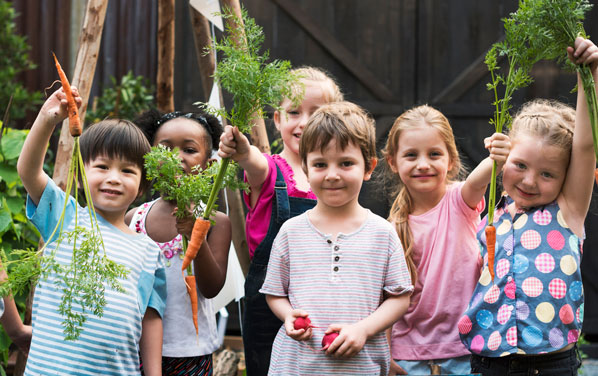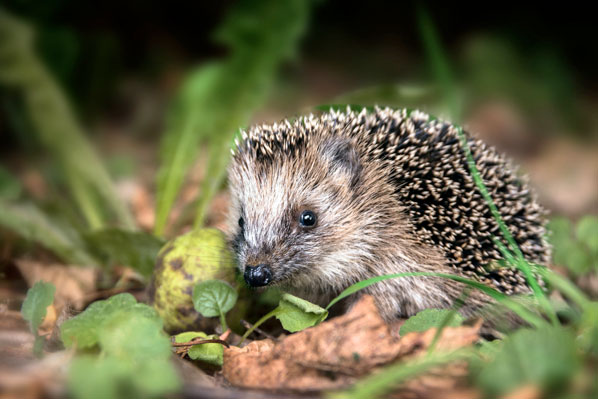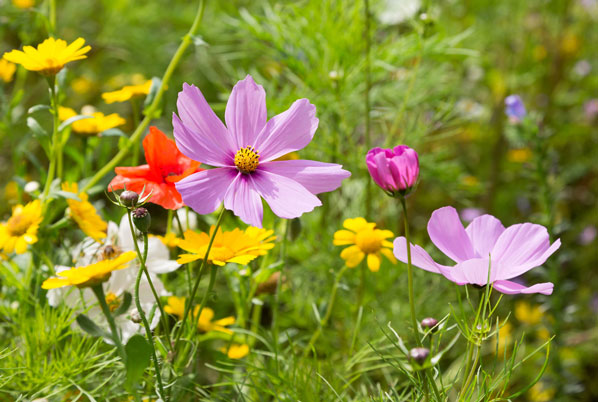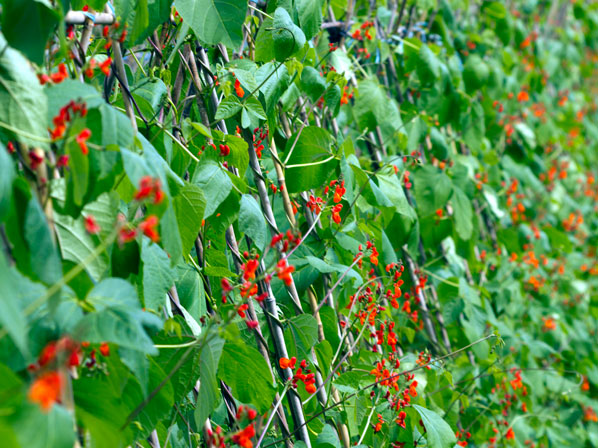Whether you're digging, cutting back, planting bulbs or trimming hedges, we select the right tools for autumn tasks.
What are the must-have tools for autumn jobs? There’s an array of leaf blowers, rakes, spades, forks and hand tools on offer, but what shouldn’t you be without as you take on new season tasks?
With help from Louise Golden, gardening expert at Dobbies Garden Centres, these are the right tools for the right jobs…
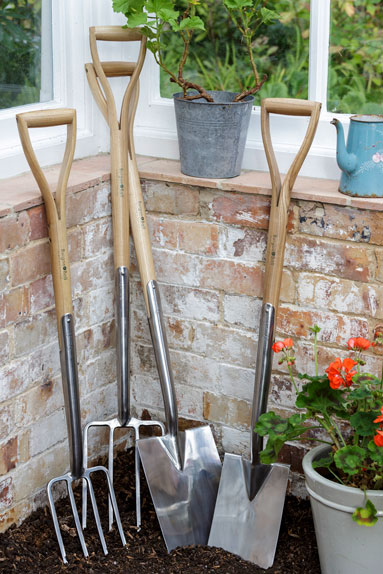
1. Winter digging
You’ll need a good fork to break up the ground and a good spade to clear any old, dusty soil before adding a good dose of organic matter such as compost or well-matured manure to the area.
Try quality spades and forks from Burgon & Ball (burgonandball.com) available in lightweight versions (£39.99 each) ideal for a smaller garden, or regular digging size (£42.99).
If you’re creating a new bed or need to clear a lot of ground, consider the new Ego (egopowerplus.co.uk) multi-tool cultivator attachment with a 24cm cutting width (£149).
It provides an easier way to prepare soil for planting. Its rotating teeth remove weeds and aerate the soil, doing all the hard work so you don’t have to.
Golden also advises giving your lawn some TLC to see it through winter by aerating it with a garden fork to reduce compaction, and scarifying it with a springtine rake to remove moss.
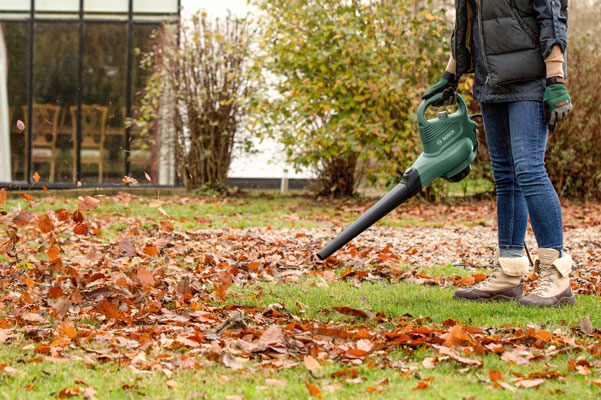
2. Clearing leaves
Clear away leaves from pathways and patios before they become too soggy to rake and make the ground really slippery. If you have a small area you can make do with a standard rake, but if there are a lot of leaves on your lawn, go for a rake such as the Fiskars Gardening Action Xact Leaf Rake (RRP £31.99, available from DIY retailers including B&Q and Homebase and all good garden centres).
Alternatively, go for a combined leaf blower and sucker such as the Bosch UniversalGardenTidy blower-vacuum (£109.99, shop.bosch-do-it.com), a three-in-one gizmo which can blow, vacuum or shred, disposing of leaves and other garden debris.
If you can bear a slightly less pristine garden, leave leaves in your borders, which act as a mulch and can help protect overwintering creatures.
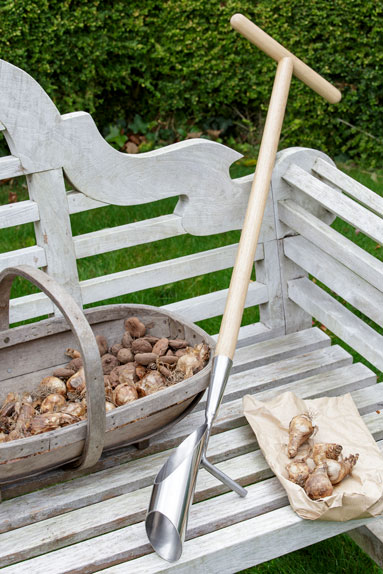
3. Planting bulbs
“Planting spring flowering bulbs is a major autumn task, and so a handy tool to use is a bulb planter,” says Golden. “They make light work of the task and speed up the process, particularly when planting lots of bulbs to naturalise in grass.”
Now’s a good time to plant narcissi, crocuses and hyacinths, so make life easy by investing in a long-handled bulb planter (£34.99, burgonandball.com) with a tough footbar to allow you to go easily to the maximum depth, instead of struggling on your hands and knees with a trowel that will make hard work of digging deep enough.
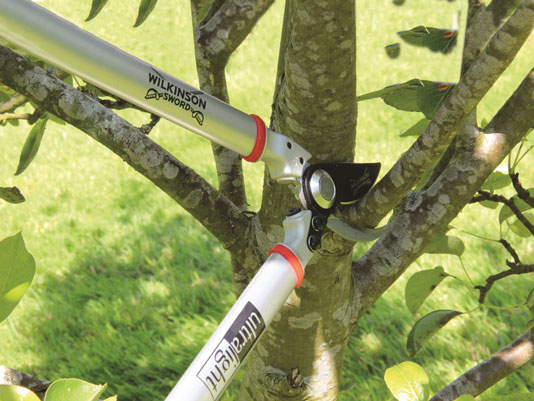
4. Hedge trimming
“Early autumn is the perfect time to trim evergreen hedges and shrubs for a neat finish that will remain crisp all winter long,” says Golden. “Hedging shears are ideal, whether hand, electric or motor, depending on the size of the task in hand.”
If you’ve followed RSPB advice not to cut hedges between March and August – the main breeding season for nesting birds – now may be a good time to tidy up hornbeam, beech, Leyland cypress and thuja hedges. Fast-growing hedges such as privet or the evergreen honeysuckle can also be cut now, but no later than the end of September.
For smaller hedges you could do the job with a decent pair of shears such as Kent & Stowe hedge shears (£17.99, dobbies.com). For larger hedges, battery power may be the way to go.
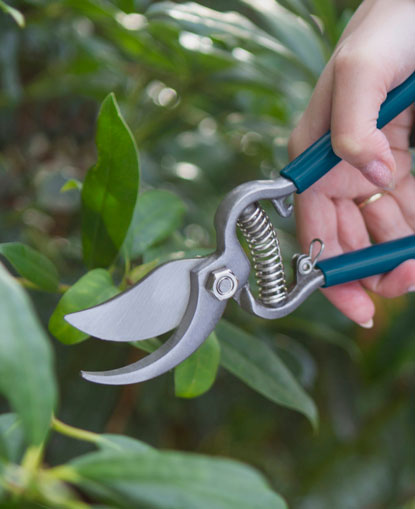
5. Pruning
“The end of summer is when we should think about tidying the border by cutting back spent perennials,” says Golden. “A good pair of secateurs will do the trick, and you don’t need to break the bank to get cracking.”
You’ll need a good set of cutting tools for clipping overgrown shrubs and perennials which have finished flowering. Sarah Raven’s new range of tools includes steel-bladed bypass pruners (£19.95, sarahraven.com) with non-slip grips and a quick-release locking mechanism.
You’ll need loppers to tackle thicker branches, and if you don’t like heavy kit, go for Wilkinson Sword’s Ultralight Bypass Loppers (£27.99, wilkinsonsword-tools.co.uk) to help to cut back overhanging vegetation. The non-stick coated blade cuts through young and green wood, while the loppers are 50% lighter than standard, saving arm strain when working for long periods of time.

